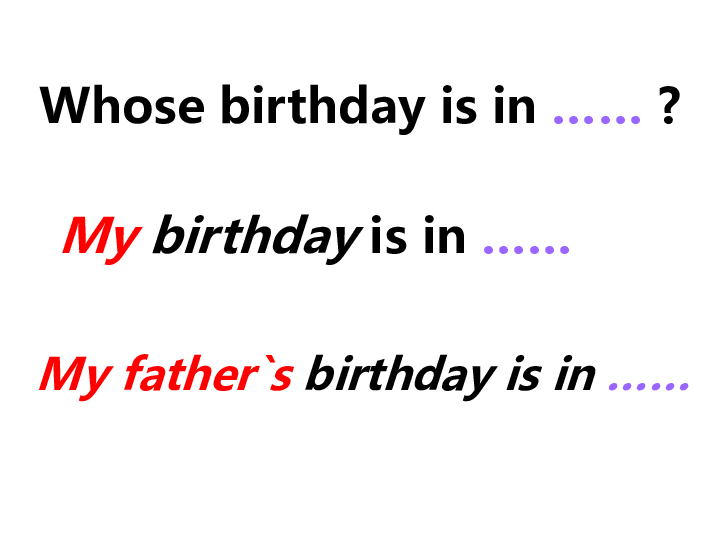Title: A Comparison of Necktie Styles in Women’s Fashion
In women’s fashion, the necktie is a popular style accessory that can be worn in various ways to complement different outfits. This article compares several types of neckties, including the standard tie, the bowtie, and the crochet tie, to explore their aesthetic differences and the occasions when each style would be most appropriate. The standard tie, typically made from silk or other delicate materials, is a classic choice for business or formal events. The bowtie, on the other hand, is a fun and youthful style that can be paired with casual or sportswear. Lastly, the crochet tie is a unique and creative option that can be used to add a touch of personality to any outfit. This article discusses the pros and cons of each style to help women make informed choices about which necktie to wear.
Women’s fashion has always been a subject of interest and experimentation. From the early 1900s to the present day, women have been at the forefront of fashion, adopting and adapting styles to suit their tastes and social occasions. One such item that has gone through various transformations is the necktie. Once a strictly male accessory, the necktie has made its way into women’s fashion, taking on a whole new identity and becoming a symbol of power, elegance, and confidence.
In this article, we will explore the different styles of neckties in women’s fashion and how they have been worn over time. We will also look at how these styles have been influenced by different cultures and social movements. By understanding the history and development of these styles, we can gain a deeper appreciation for their place in women’s fashion today.
The 1900s: The Beginnings of the Necktie in Women’s Fashion

In the early 1900s, the necktie was still a male-only accessory. However, as fashion trends began to change, women started to experiment with wearing neckties too. These early neckties were often made from silk or lace and were tied in a simple knot at the neck. They were often worn with high-necked dresses or as part of a matching outfit.
The 1920s: The rise of the Silk Necktie
The 1920s saw the rise of the silk necktie in women’s fashion. This style of necktie was made from soft, lightweight silk material and was often decorated with patterns or colors. It became popular among women who wanted to experiment with their fashion style and show their individuality. Silk neckties were often worn with low-cut dresses or as part of an otherwise elegant ensemble.
The 1930s: The Introduction of the Tie Clip
The 1930s saw the introduction of the tie clip, which allowed women to wear their neckties with more ease and comfort. Tie clips held the necktie in place, preventing it from slipping or falling off. This style of necktie continued to be popular in women’s fashion, often being worn by those who wanted to maintain a classic and elegant look.
The 1940s: The Return of the Lacework Necktie

The 1940s saw a return to more traditional necktie styles, with lacework neckties becoming popular once again. These neckties were often made from lace material and featured intricate patterns and designs. They were often worn by women who wanted to maintain a classic and elegant look, but also wanted to add a touch of romance and femininity to their ensemble.
The 1950s: The rise of the Polyester Necktie
The 1950s saw the rise of the polyester necktie in women’s fashion. This style of necktie was made from a synthetic material that was both durable and easy to care for. Polyester neckties often featured bold patterns and colors, making them perfect for those who wanted to make a statement with their fashion choices. They were often worn with low-cut dresses or as part of an otherwise sporty and casual ensemble.
The 1960s: The Introduction of the Tie-Dye Necktie
The 1960s saw the introduction of the tie-dye necktie, which quickly became popular among women who wanted to add a touch of color and personality to their wardrobe. Tie-dye neckties were often made from cotton or polyester material and featured vibrant patterns and colors that were often associated with the counterculture movement of the time. Women often wore them with short-sleeved dresses or as part of an otherwise bohemian-style ensemble.
The 1970s: The rise of the Patchwork Necktie

The 1970s saw the rise of the patchwork necktie in women’s fashion. This style of necktie was made from multiple pieces of material that were sewn together to create a unique and often colorful design. Patchwork neckties often featured geometric patterns or images that were repeated throughout the design. They were often worn by women who wanted to show their creative side and add a touch of uniqueness to their wardrobe.
The 1980s: The Introduction of the Neon Necktie
The 1980s saw the introduction of the neon necktie in women’s fashion. This style of necktie was made from fluorescent material that glowed under blacklight conditions, making it perfect for those who wanted to make a statement at nightclubs or other social events. Neon neckties often featured bold patterns and colors that were designed to stand out in a crowd. Women often wore them with short-sleeved
Articles related to the knowledge points of this article::
Title: Masterpieces of Tie Styles for Women: A Comprehensive Collection of Images
Title: The Art of Formal Ties: A Comprehensive Guide to the Most Authentic Tie Styles and Images
Title: A Comprehensive Gallery of Ladies Tasteful Tie Designs



